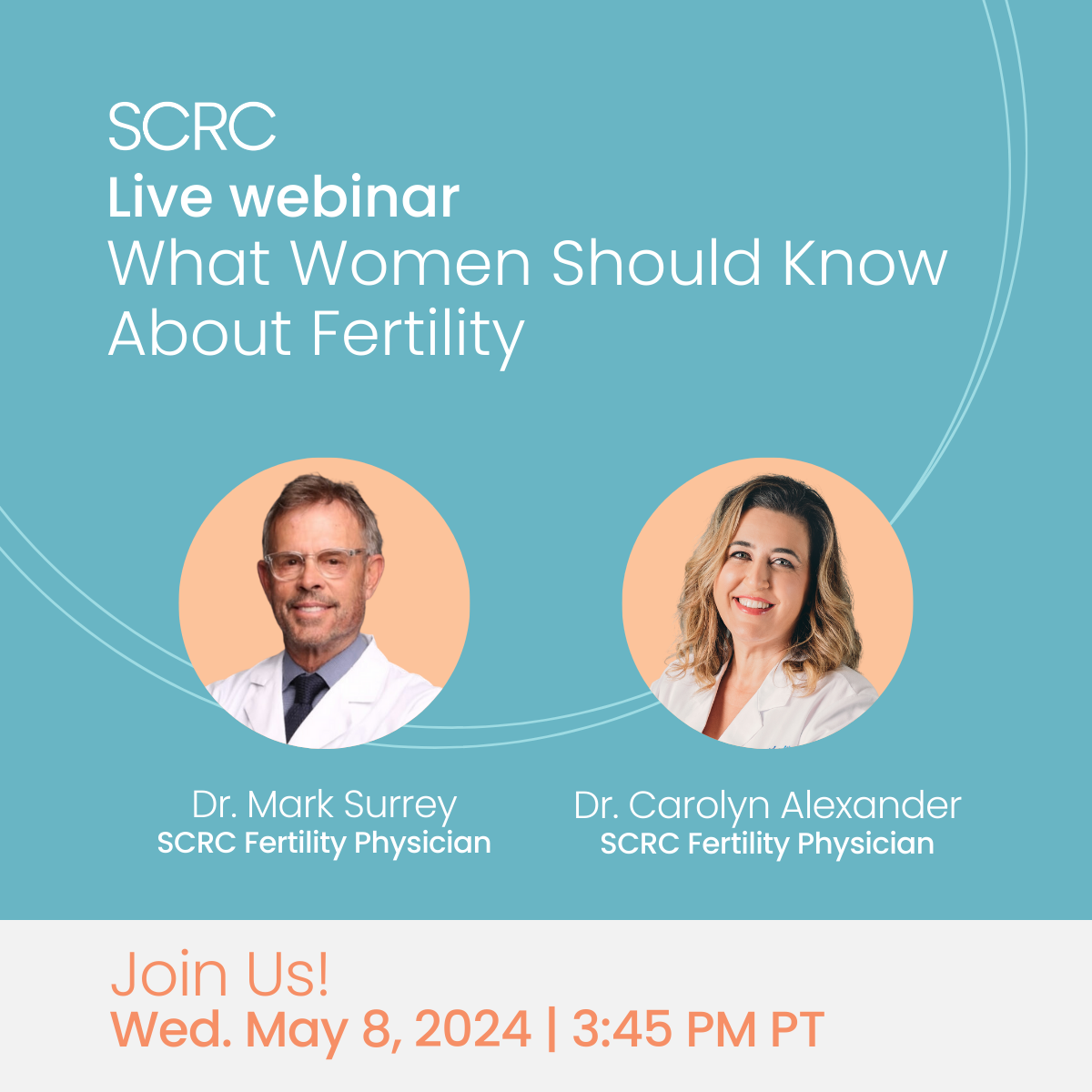Patient Resources
Ovum Cryopreservation (Egg Freezing): A successful strategy for preservation of fertility
At the Fall 2007 Annual Meeting of the American Society for Reproductive Medicine, reports from the US and all over the world demonstrated conclusively that mature human eggs can be safely cryopreserved, and by a number of available methods. The primary impetus behind egg freezing was to preserve fertility in women facing chemo- or radiation therapy for malignancy. In parallel with these efforts, countries with restrictive laws concerning the number of eggs from infertile couples that could be fertilized at a time encouraged research into finding ways to freeze and preserve uninseminated sibling eggs for later use.
Egg freezing provides an opportunity for women to, in effect, “pause” their biological clocks at a time when their eggs are more fertile than they would be later on. Thus, women can now uncouple the “social” from the “biological” decision as to when become pregnant. Because over 90% of frozen eggs survive freezing and thawing, the day may soon arrive when recipients of donated eggs will select them from a cryobank catalog, much as is currently done with donor sperm. This approach will provide clarity as to the sexually transmitted disease (STD) status of the egg donor at the time of donation. Like donor sperm, eggs will be quarantined for six months while follow-up STD testing over that time period confirms their safety. Egg freezing is expected to be significantly less expensive than a cycle of in vitro fertilization/embryo transfer. SCRC has research studies now available that allow for waiving of much of the cost of egg freezing to participating couples.

